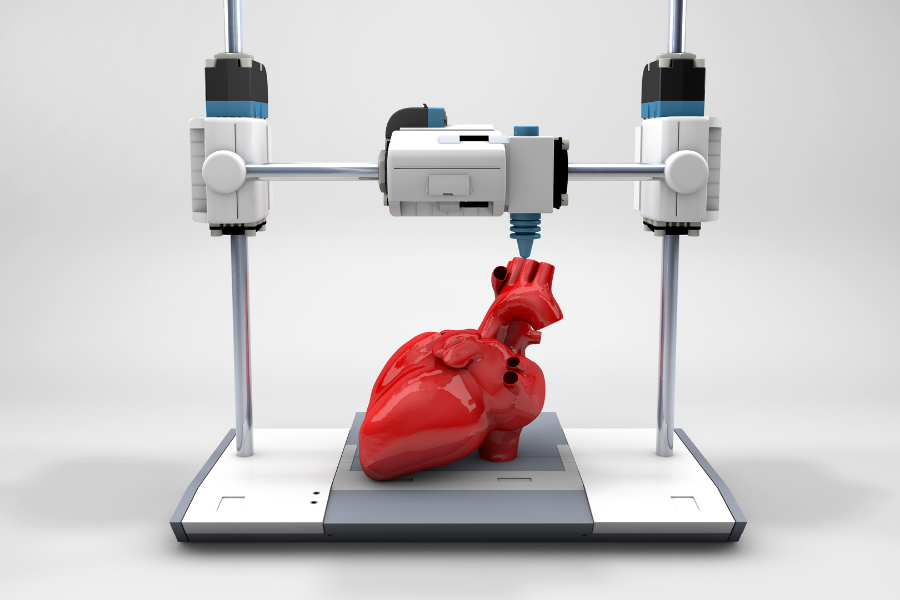
3D PRINTING
What is 3D Printing?
Webmaster: Danunai Sumpunsirijaroen M.5/2 No.32
Reference: https://3dprinting.com/what-is-3d-printing/
3D printing encompasses many forms of technologies and materials as 3D printing is being used in almost all industries you could think of. It’s important to see it as a cluster of diverse industries with a myriad of different applications.A few examples:
3D printing or additive manufacturing is a process of making three dimensional objects from a digital file.The creation of a 3D printed object is achieved using additive processes. In an additive process an object is created by laying down successive layers of material until the object is created. Each of these layers can be seen as a thinly sliced cross-section of the object. There is one exception though, and it’s called volumetric 3D printing. With volumetric printing entire structures can be formed at once without the need for layer-by-layer fabrication. It’s worth noting, however, that as of now, volumetric technology is primarily in the research phase. 3D printing is the opposite of subtractive manufacturing which is cutting out / hollowing out a block of material with for instance a milling machine. 3D printing enables you to produce complex shapes using less material than traditional manufacturing methods


There are many different software tools available. We’ve created an overview on our 3D software page. We often recommend beginners to start with Tinkercad. Tinkercad is free and works in your browser, you don’t have to install it on your computer. Tinkercad offers beginner lessons and has a built-in feature to export your model as a printable file e.g .STL or .OBJ.
Now that you have a printable file, the next step is to prepare it for your 3D printer. This is called slicing.
Slicing basically means slicing up a 3D model into hundreds or thousands of layers and is done with slicing software. When your file is sliced, it’s ready for your 3D printer. Feeding the file to your printer can be done via USB, SD or Wi-Fi. Your sliced file is now ready to be 3D printed layer by layer.
Adoption of 3D printing has reached critical mass as those who have yet to integrate additive manufacturing somewhere in their supply chain are now part of an ever-shrinking minority. Where 3D printing was only suitable for prototyping and one-off manufacturing in the early stages, it is now rapidly transforming into a production technology. Most of the current demand for 3D printing is industrial in nature. Acumen Research and Consulting forecasts the global 3D printing market to reach $41 billion by 2026. As it evolves, 3D printing technology is destined to transform almost every major industry.
How does 3D Printing work?
It all starts with a 3D model. You can opt to create one from the ground up or download it from a 3D library.
How does 3D Printing work?
What is 3D Printing?
Example 3D Printing